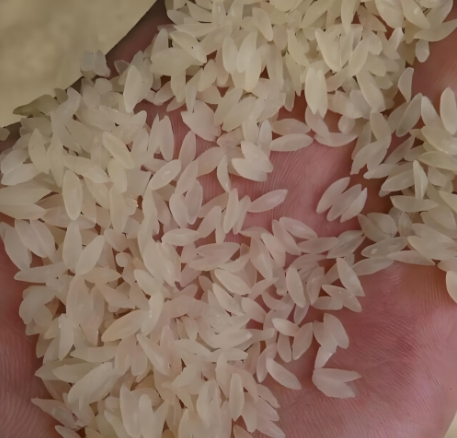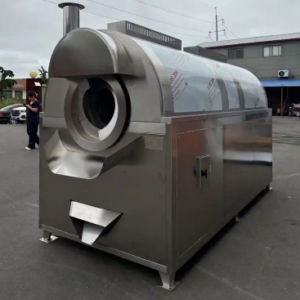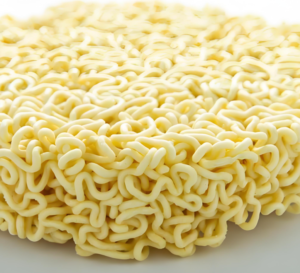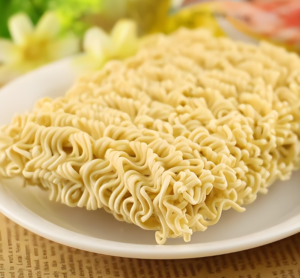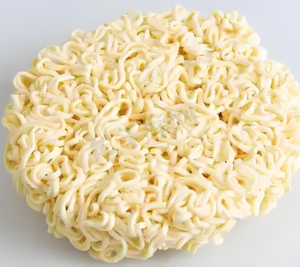<h1>Introducing Fortified Rice: Enhancing Nutrition and Global Trade Opportunities</h1>Fortified rice has emerged as a game-changer in the food industry, addressing nutritional deficiencies while opening doors for international trade. This innovative product involves enriching regular rice with essential vitamins and minerals, making it a staple for health-conscious consumers and businesses alike. As global demand for nutrient-enhanced foods rises, fortified rice offers exporters and importers a lucrative opportunity to expand their portfolios. In this article, we’ll explore its definition, benefits, production, and more, tailored for professionals in the foreign trade sector.
fortified rice making machine
ToggleWhat is Fortified Rice?
Fortified rice is standard rice that has been enhanced with micronutrients such as iron, zinc, vitamin A, and folic acid. This process transforms ordinary rice into a nutrient-dense alternative, combating widespread malnutrition in developing regions. Unlike natural rice, which lacks these additions, fortified rice is designed to retain its original taste, texture, and cooking properties while boosting overall nutritional value.
The concept originated from food fortification techniques used in other staples like flour and salt. In foreign trade, fortified rice is increasingly popular among B2B suppliers who cater to governments and NGOs focused on public health programs. By integrating fortification, exporters can meet international standards and tap into markets where nutritional security is a priority.
The Benefits of Fortified Rice in Global Markets
One of the primary advantages of fortified rice is its ability to improve public health outcomes. For instance, adding iron can help reduce anemia rates, especially in populations reliant on rice as a dietary staple. This makes it an attractive option for B2B traders supplying to regions like Asia, Africa, and Latin America, where rice consumption is high.
From a business perspective, fortified rice enhances product differentiation. Exporters can command premium prices by emphasizing its health benefits, potentially increasing profit margins. Additionally, it supports sustainable development goals, appealing to ethical buyers who prioritize corporate social responsibility in their supply chains.
Environmentally, fortified rice promotes efficiency by minimizing food waste. Since it’s more nutritious, smaller portions can suffice, reducing the overall demand for rice production and its associated environmental footprint. For importers, this means access to a product that aligns with eco-friendly consumer trends, boosting brand reputation in competitive markets.
How Fortified Rice is Produced: A Step-by-Step Overview
The production of fortified rice begins with selecting high-quality base rice grains. Manufacturers then prepare a premix of micronutrients, which is extruded into rice-like kernels that mimic the original grain’s appearance. These fortified kernels are blended with regular rice at ratios typically ranging from 1:100 to 1:200, ensuring even distribution.
Next, the mixture undergoes quality control checks to verify nutrient levels and safety. Advanced technologies, such as coating or dusting methods, are used to prevent nutrient loss during cooking. This step is crucial for B2B exporters, as it ensures compliance with international regulations like those from the Codex Alimentarius.
Finally, the fortified rice is packaged for distribution. In foreign trade, this often involves bulk shipments to wholesalers or governments. Producers must focus on scalable processes to meet large orders, making automation and partnerships with tech firms essential for efficiency.
The Nutritional Profile and Health Impacts of Fortified Rice
Fortified rice typically includes key nutrients like vitamin B12, which aids in energy metabolism, and iodine for thyroid health. These additions address common deficiencies in rice-dependent diets, particularly in low-income countries. For B2B audiences, understanding this profile helps in marketing the product as a preventive health solution.
Health impacts are significant; studies show that regular consumption can reduce child stunting and improve cognitive development. In trade terms, this translates to opportunities in humanitarian aid programs, where fortified rice is distributed through organizations like the World Food Programme. Exporters can leverage data from such initiatives to build trust and secure contracts.
Moreover, fortified rice maintains stability during storage and cooking, preserving up to 90% of added nutrients. This reliability makes it ideal for long-distance trade, where products may face delays or varying conditions, ensuring that importers receive a high-quality item.
Market Trends and Opportunities in Fortified Rice Trade
The global fortified rice market is projected to grow at a CAGR of over 10% through 2030, driven by increasing awareness of micronutrient deficiencies. In foreign trade, this trend favors exporters from countries like India and Thailand, which are major rice producers. B2B professionals can capitalize on this by exploring partnerships with international food agencies.
Key opportunities include expanding into emerging markets in Africa and the Middle East, where governments are investing in fortification programs. For instance, initiatives like the African Union’s nutrition strategies create demand for reliable suppliers. Importers should focus on certification processes to ease cross-border transactions.
Challenges such as fluctuating raw material costs can be mitigated through strategic sourcing. Additionally, digital platforms for B2B trade, like Alibaba or global food exchanges, are streamlining fortified rice deals, allowing for real-time market insights and negotiations.
Regulations and Standards for Fortified Rice in International Trade
International trade of fortified rice is governed by strict regulations to ensure safety and efficacy. Bodies like the FDA in the US and the European Food Safety Authority set guidelines for nutrient levels and labeling. Exporters must comply with these to avoid trade barriers, making third-party certifications like ISO 22000 vital.
In developing regions, standards from the World Health Organization influence local policies. For B2B traders, staying updated on these regulations prevents costly recalls and builds credibility. Common requirements include detailed nutritional declarations on packaging and batch testing for contaminants.
Harmonizing standards across borders facilitates smoother exports. Initiatives like the Global Fortification Data Exchange provide resources for businesses to align their practices, enhancing competitiveness in the global marketplace.
Challenges and Solutions in Fortified Rice Production and Trade
One major challenge is the cost of fortification, which can increase production expenses by 5-10%. However, solutions like government subsidies and economies of scale help offset this for exporters. B2B networks can collaborate to share technology and reduce individual costs.
Another issue is maintaining nutrient stability during transit. High humidity or temperature fluctuations can degrade vitamins, so using advanced packaging like vacuum-sealed bags is recommended. Importers can partner with logistics firms specializing in temperature-controlled shipping to mitigate risks.
Consumer acceptance is also a hurdle; some may resist the idea of altered rice. Education campaigns and transparent labeling can address this, turning potential challenges into marketing opportunities for savvy traders.
Frequently Asked Questions
Below, we address common queries about fortified rice to assist B2B professionals in the trade sector.
- What makes fortified rice different from organic rice? Fortified rice focuses on adding specific nutrients, while organic rice emphasizes pesticide-free cultivation. Both can coexist in diverse product lines for exporters.
- How long does the fortification last in storage? When stored properly, fortified rice retains most nutrients for up to 12 months, making it suitable for international shipments.
- Is fortified rice safe for all age groups? Yes, it’s designed for general consumption, but B2B suppliers should verify local regulations for specific age-based guidelines.
- What are the export requirements for fortified rice to the EU? Exporters need EU-compliant labeling and nutrient testing certificates to meet food safety standards.
- Can fortified rice be used in ready-to-eat products? Absolutely; it’s versatile and often incorporated into meals for humanitarian aid, offering B2B opportunities in processed foods.
Case Studies: Successful Fortified Rice Exports
Real-world examples highlight the potential of fortified rice in trade. For instance, an Indian exporter partnered with UNICEF to supply fortified rice to African nations, resulting in a 20% sales increase. This case demonstrates how aligning with global health goals can drive B2B growth.
In Thailand, a manufacturer adopted advanced fortification tech, enabling exports to the US market. By focusing on quality assurance, they secured long-term contracts, illustrating the importance of innovation in overcoming trade obstacles.
Conclusion: Embracing Fortified Rice for a Healthier, More Profitable Future
In summary, fortified rice represents a vital intersection of nutrition, innovation, and international trade. By understanding its production, benefits, and market dynamics, B2B professionals can seize opportunities to enhance global food security while boosting their businesses. As demand continues to rise, investing in fortified rice could lead to sustainable growth and positive impacts worldwide. Exporters and importers are encouraged to explore this sector for long-term success.

